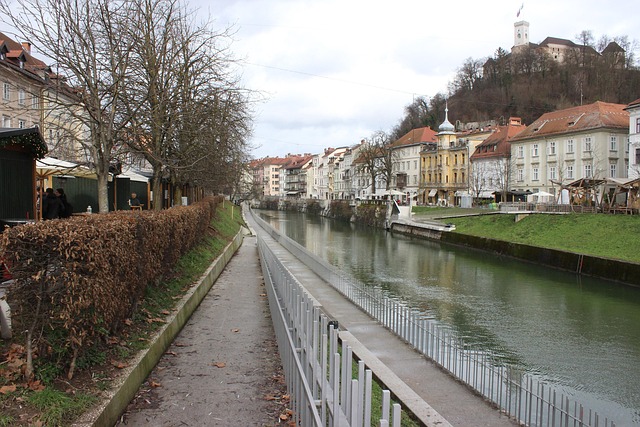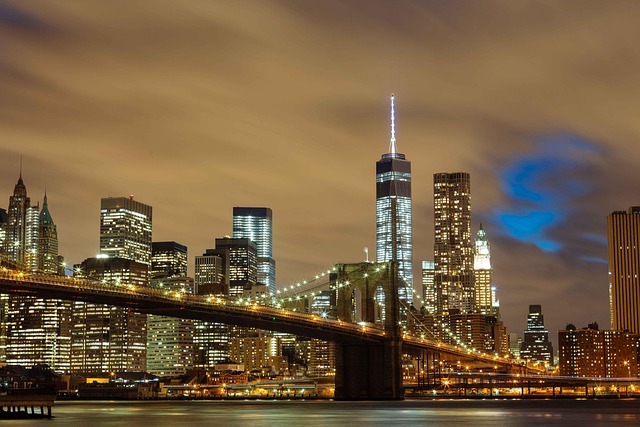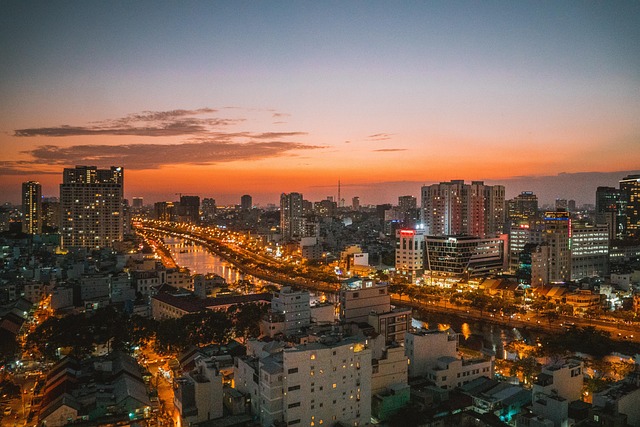Karachi's Civil Lines is a historic district boasting stunning architectural marvels from the colonial era, offering visitors a glimpse into the city's rich past. These well-preserved structures, ranging from Victorian homes to government buildings, are testaments to Karachi's commitment to preserving its cultural heritage through meticulous restoration and historical research. The area serves as a treasure trove for history enthusiasts and has immense potential to enhance local tourism, attracting locals and tourists alike to experience Karachi's diverse tapestry.
Uncover the enchanting legacy of Karachi’s Civil Lines, a historical district brimming with architectural wonders and cultural richness. This article delves into the allure of these heritage properties, exploring their role in preserving Karachi’s past. From colonial-era buildings to vibrant local cultures, Civil Lines stands as a testament to the city’s diverse history. We’ll discuss conservation efforts, the cultural significance it holds for Karachiites, and its untapped tourism potential, offering insights into why this district deserves recognition as a treasure trove of Karachi’s heritage.
- Unveiling Karachi's Civil Lines: A Historical District's Charm
- The Conservation and Preservation of Heritage Properties
- Exploring the Cultural Significance and Tourism Potential
Unveiling Karachi's Civil Lines: A Historical District's Charm

Karachi’s Civil Lines is a captivating historical district that transports visitors back in time. This area, established during the colonial era, boasts an enchanting blend of architectural marvels and cultural heritage. Walking through its streets, one discovers a tapestry of vibrant history, where grand buildings stand as silent witnesses to Karachi’s past.
The charm of Civil Lines lies not only in its well-preserved structures but also in the stories they tell. From elegant Victorian-era homes to the majestic government buildings, each structure has a narrative to share. This district offers a unique glimpse into Karachi’s rich cultural heritage, making it a must-visit for history enthusiasts and those seeking to uncover the city’s hidden gems.
The Conservation and Preservation of Heritage Properties

In Karachi, the conservation and preservation of heritage properties are essential to maintaining the city’s rich cultural identity. These historic structures not only tell tales of the past but also contribute significantly to the urban landscape. The intricate architecture, traditional building techniques, and stories embedded within these properties demand careful protection. Various initiatives by local authorities and heritage enthusiasts have been instrumental in preserving these landmarks, ensuring they stand tall for future generations.
The process involves meticulous restoration, historical research, and community involvement. Every effort is made to maintain the original aesthetics while adapting to modern preservation techniques. This includes structural repairs, conservation of decorative elements, and sometimes, sensitively integrating contemporary uses that respect the property’s heritage value. Karachi’s commitment to preserving its heritage ensures these properties not only remain standing but also inspire and educate residents and visitors alike about the city’s diverse history.
Exploring the Cultural Significance and Tourism Potential

Karachi’s Civil Lines, with its rich heritage, offers a unique glimpse into the city’s past. These properties are not just architectural marvels; they are cultural time capsules that narrate stories of colonial rule, national struggles, and social dynamics. The area’s historical significance attracts both locals and tourists interested in exploring Pakistan’s diverse cultural tapestry.
The potential for these heritage sites to boost local tourism is immense. By preserving and promoting Civil Lines, Karachi can create an immersive experience for visitors, allowing them to step back in time. This, in turn, would not only benefit the local economy but also foster a deeper appreciation for the city’s cultural heritage among both residents and tourists alike.
Karachi’s Civil Lines, with its rich history and architectural allure, offers a unique glimpse into the city’s past. The preservation of these heritage properties is not merely about conserving bricks and mortar; it involves safeguarding the cultural narrative that these structures embody. By recognizing their potential as tourist attractions, Karachi can foster cultural appreciation and economic growth, ensuring that Civil Lines remains a vibrant testament to its diverse heritage for generations to come.
